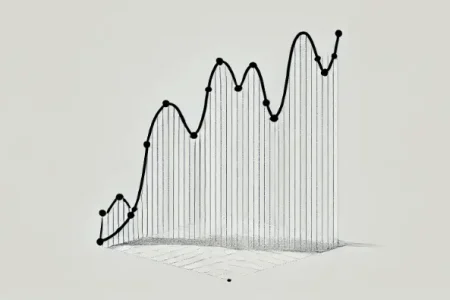Introduction
Volatility in the Forex market is both a blessing and a curse. While it can provide traders with numerous opportunities for quick profits, it also increases the risks of substantial losses. Understanding how to manage and navigate this volatility is essential for any Forex trader. This guide will explore strategies to handle market fluctuations effectively and point you to tools and resources that can help.
What Causes Forex Market Volatility?
Market volatility in Forex is influenced by a variety of factors, including economic indicators, geopolitical events, and market sentiment. Major economic announcements like GDP reports, employment statistics, and interest rate decisions are known to cause significant price movements. For a deeper understanding, visit Investing.com for real-time economic news and updates.
Strategies for Trading in Volatile Markets
1. Embrace Technical Analysis
Technical analysis is crucial in volatile markets. Utilize indicators like moving averages, Bollinger Bands, and the Relative Strength Index (RSI) to identify potential entry and exit points. For beginners, our blog on “Forex Trading Indicators: A Beginner’s Guide” offers a solid foundation in these tools.
2. Employ Risk Management Techniques
In volatile markets, effective risk management strategies are vital. Always set stop-loss orders to limit potential losses. Consider implementing trailing stops to protect profits without exiting the market prematurely. Tools like MetaTrader offer features to automate these orders, reducing the need for constant market monitoring.
3. Stay Informed with Real-Time Alerts
Keeping up with market news is crucial. Platforms like Bloomberg provide real-time alerts and analysis that can help you make informed decisions quickly. Subscribe to alerts specifically related to the Forex market to stay ahead of sudden changes.
4. Diversify Your Trading Strategy
Don’t rely solely on one trading strategy. In volatile markets, a mix of short-term and long-term strategies can help balance the risks. Incorporating options or different financial instruments may reduce risk exposure and provide more trading opportunities.
5. Practice with a Demo Account
Before diving into volatile markets with real money, practice your strategies on a demo account. Many platforms offer demo accounts where you can simulate trading strategies under real market conditions without any financial risk.
Conclusion
Navigating market volatility successfully requires a combination of good technical analysis, solid risk management, and staying informed about market movements. By employing these strategies, you can turn market volatility from a daunting challenge into a manageable aspect of your trading strategy.
Explore more resources and strategies on our website, and join our community to share experiences and insights with fellow traders. Together, we can conquer the Forex market’s challenges.



